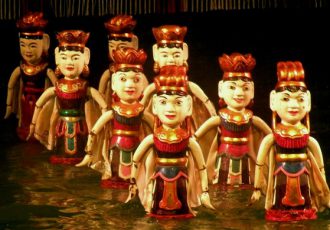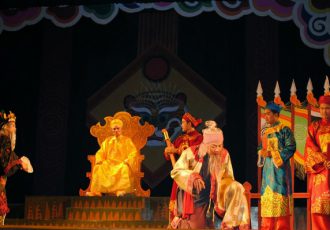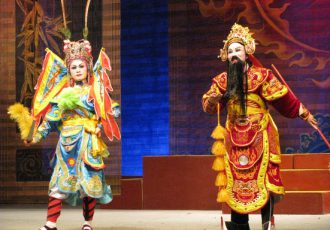The origin of Cai Luong
Cai Luong, or renewed theatre, born in the south around 1916-1918, stages plays from the Chinese classic repertoire in a more accessible style. Influenced by European theatre, cai luong abandoned the traditional epic style for shorter acts, abandoned singing for dialogue and emphasised psychology and emotion.
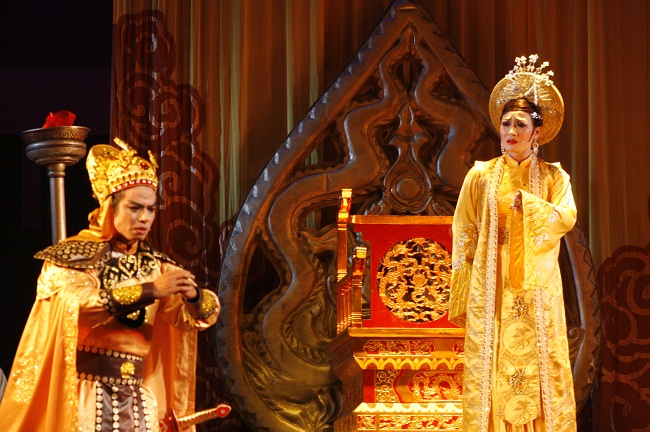
Lyrics were added to the instrumental tunes and the songs were put together in stage numbers. To the songs, which at that time used most of the melodies of the South and the Centre, were added gestures and evolutions, resulting in the Cải Lương theatre. By winning over large sections of the population with the staging of poems and literary works from folk tales as well as new creations on current social themes.
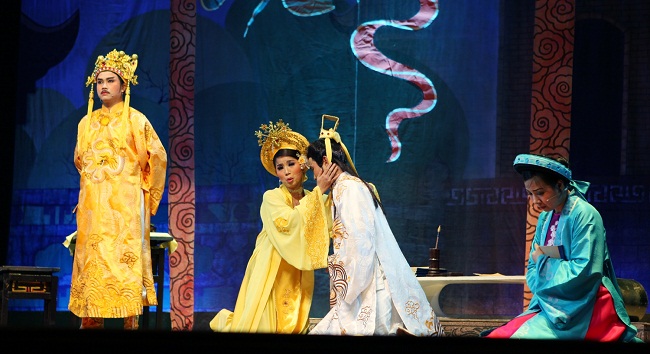
Theatre
In Cải Lương, the singing instruments excel in lyricism, thanks to a more intense and subtle vibrato of the left hand that renders the suavity of the South Vietnamese accent. Important innovations, such as curtains, scenery, etc. are introduced. The acting, which evolves in sufficiently evocative settings, becomes less symbolic, less forced, and more natural. The actors are also singers, alternating songs and prose with dialogue.

